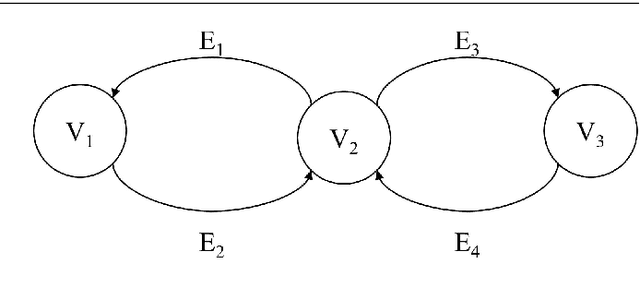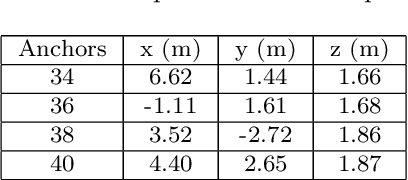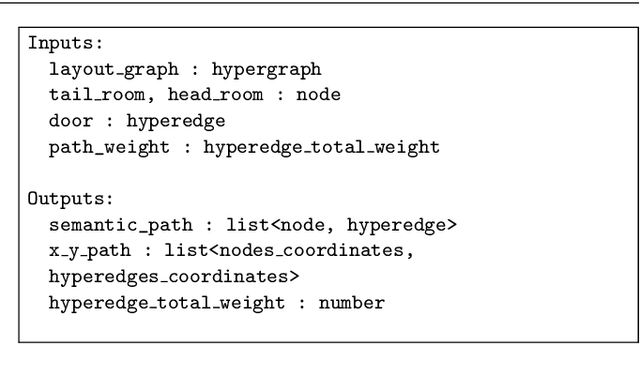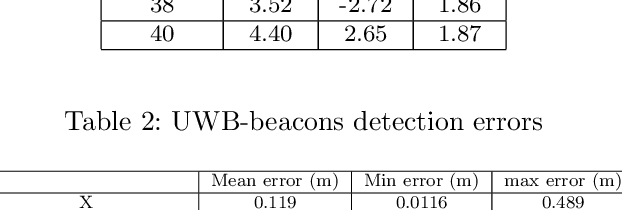Ulrich Dah-Achinanon
BittyBuzz: A Swarm Robotics Runtime for Tiny Systems
Jul 13, 2023Abstract:Swarm robotics is an emerging field of research which is increasingly attracting attention thanks to the advances in robotics and its potential applications. However, despite the enthusiasm surrounding this area of research, software development for swarm robotics is still a tedious task. That fact is partly due to the lack of dedicated solutions, in particular for low-cost systems to be produced in large numbers and that can have important resource constraints. To address this issue, we introduce BittyBuzz, a novel runtime platform: it allows Buzz, a domain-specific language, to run on microcontrollers while maintaining dynamic memory management. BittyBuzz is designed to fit a flash memory as small as 32 kB (with usable space for scripts) and work with as little as 2 kB of RAM. In this work, we introduce the BittyBuzz implementation, its differences from the original Buzz virtual machine, and its advantages for swarm robotics systems. We show that BittyBuzz is successfully integrated with three robotic platforms with minimal memory footprint and conduct experiments to show computation performance of BittyBuzz. Results show that BittyBuzz can be effectively used to implement common swarm behaviors on microcontroller-based systems.
Semantic navigation with domain knowledge
Jun 18, 2021



Abstract:Several deployment locations of mobile robotic systems are human made (i.e. urban firefighter, building inspection, property security) and the manager may have access to domain-specific knowledge about the place, which can provide semantic contextual information allowing better reasoning and decision making. In this paper we propose a system that allows a mobile robot to operate in a location-aware and operator-friendly way, by leveraging semantic information from the deployment location and integrating it to the robots localization and navigation systems. We integrate Building Information Models (BIM) into the Robotic Operating System (ROS), to generate topological and metric maps fed to an layered path planner (global and local). A map merging algorithm integrates newly discovered obstacles into the metric map, while a UWB-based localization system detects equipment to be registered back into the semantic database. The results are validated in simulation and real-life deployments in buildings and construction sites.
 Add to Chrome
Add to Chrome Add to Firefox
Add to Firefox Add to Edge
Add to Edge